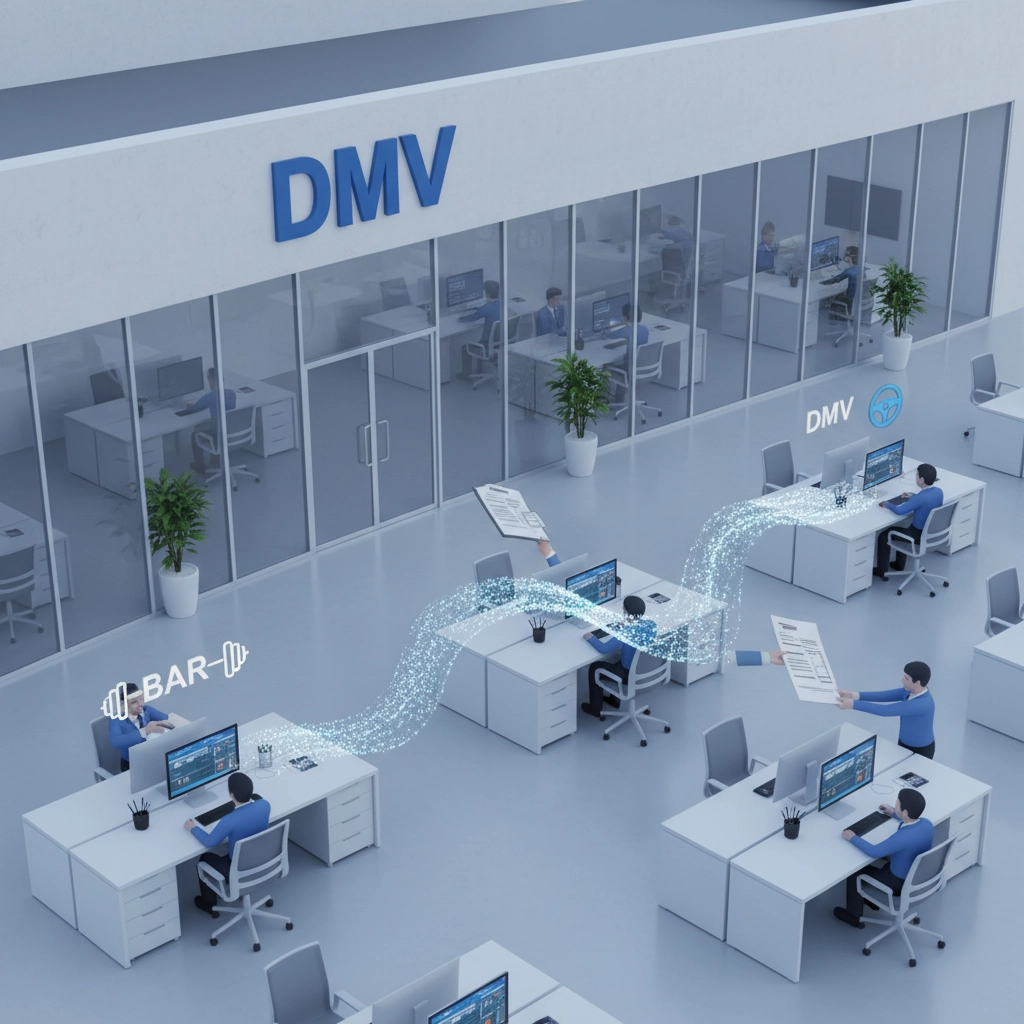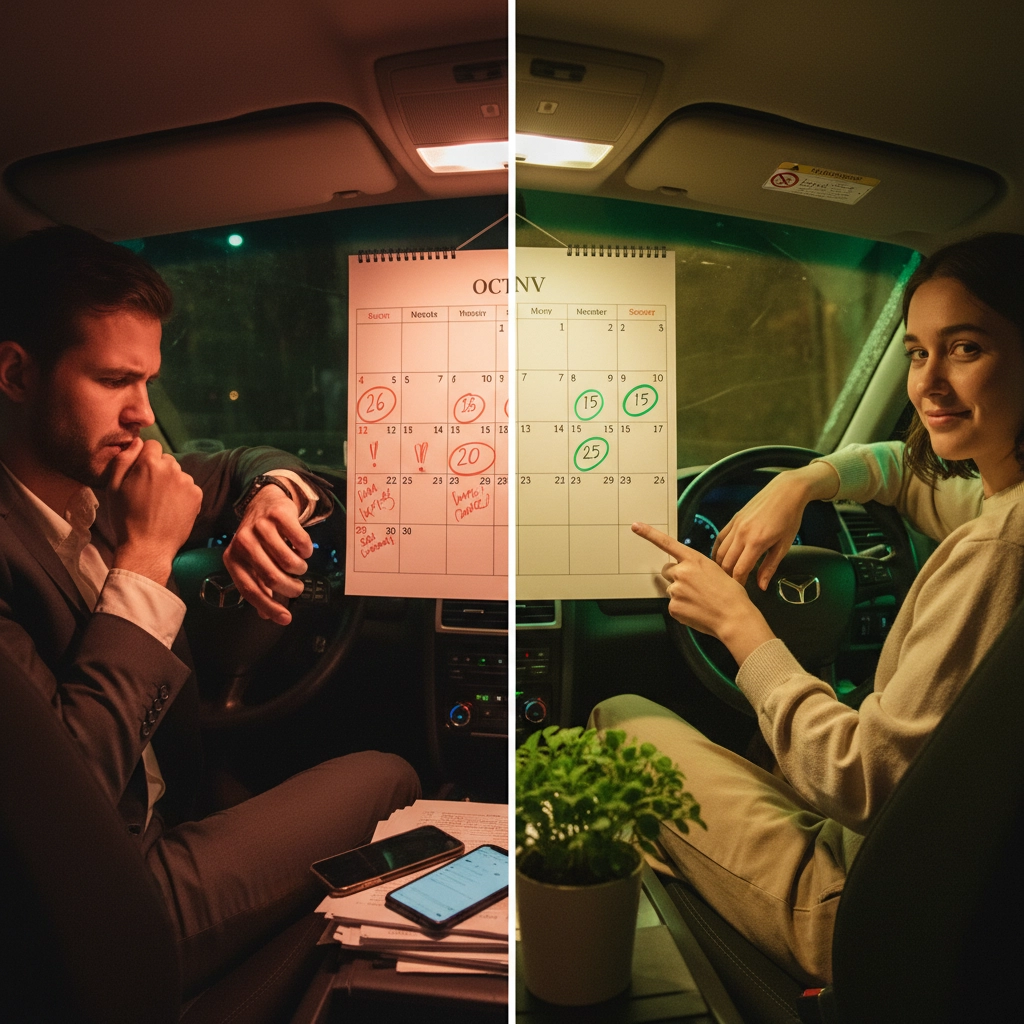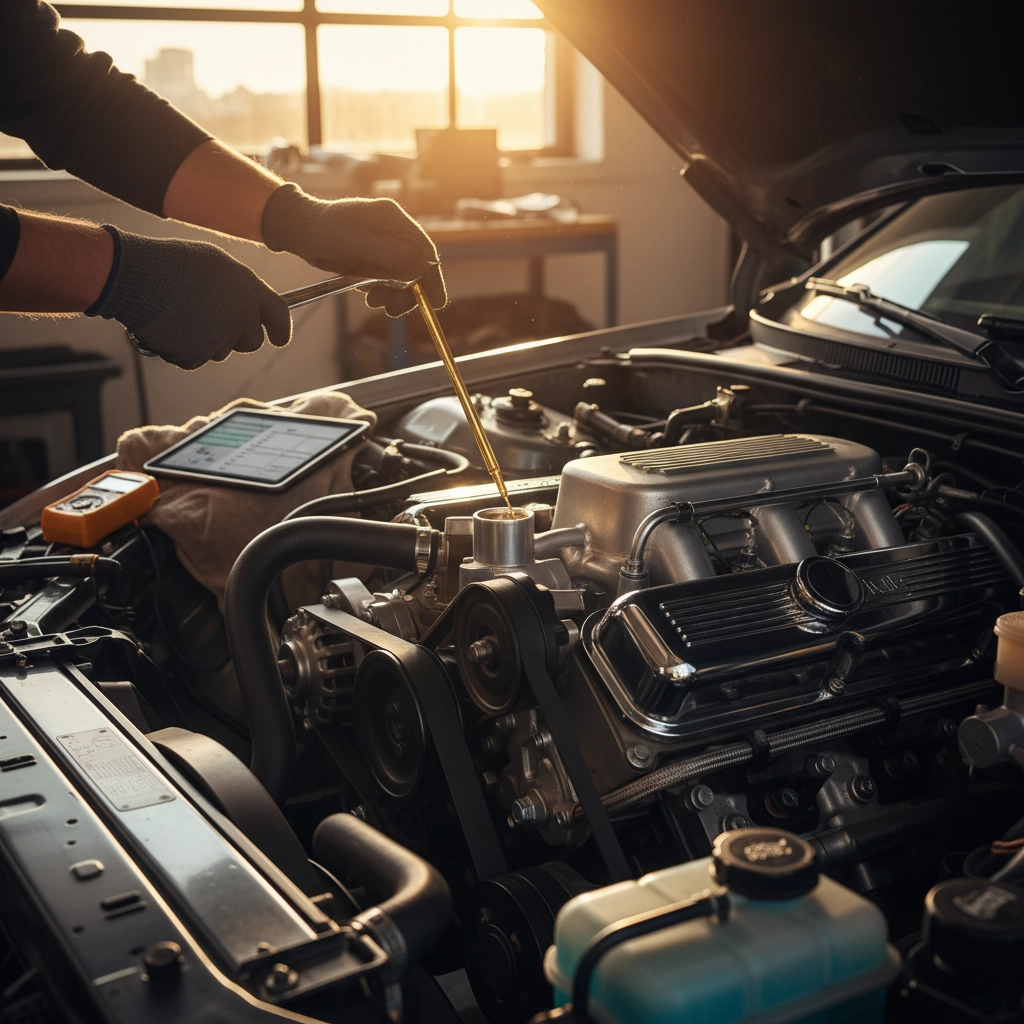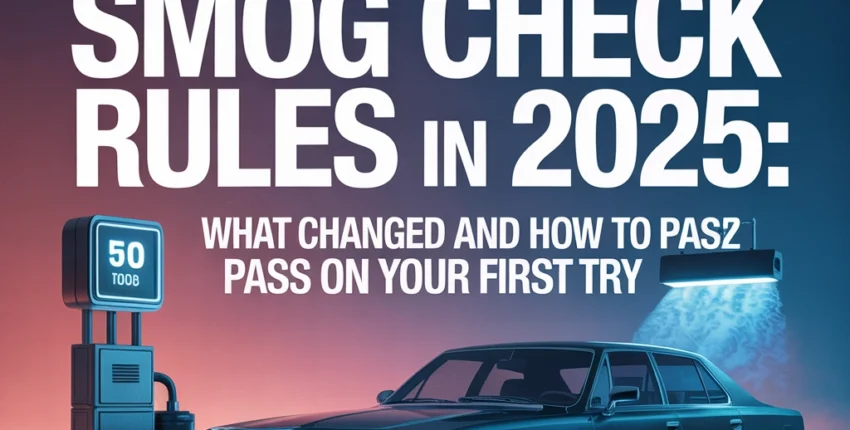If you've been dreading your next smog check appointment, you're not alone. But here's some good news: California rolled out significant changes to its smog check program in 2025 that might actually make your life easier. Whether you're driving a newer vehicle or managing a fleet, these updates affect when, where, and how often you'll need to get tested.
So what exactly changed, and how can you make sure you pass on your first try? Let's break down everything you need to know about California's revamped emissions testing program.
The Big Picture: What's Different in 2025
California completely overhauled its smog check system this year, marking the most substantial changes to the program in decades. The state shifted administrative control, adjusted testing frequencies, and introduced new scheduling methods: all designed to streamline the process while maintaining strict environmental standards.
These aren't just minor tweaks. We're talking about fundamental changes that affect millions of California drivers, from how often you need testing to when you schedule your appointment.
Administrative Shake-Up: DMV Takes the Wheel
The most significant behind-the-scenes change involves who's running the show. The California Bureau of Automotive Repair (BAR) no longer oversees local testing stations. Instead, the Department of Motor Vehicles (DMV) now manages the entire emissions program.
What does this mean for you? Potentially better coordination between vehicle registration and smog testing requirements. Since the DMV already handles your registration renewal, having them oversee smog checks could lead to more integrated services and clearer communication about your obligations.

Testing Frequency: Less Often for Newer Cars
Here's where many drivers will see real relief. If your vehicle was manufactured after 2005, you now only need a smog check every two years instead of annually. This applies to all passenger vehicles from model year 2006 and newer, plus all heavy-duty vehicles from model year 2020 and newer.
This change recognizes that modern vehicles with advanced emissions control systems typically maintain cleaner performance longer than older models. It's a win-win: reduced hassle for drivers and maintained environmental protection.
Say Goodbye to Birthday Scheduling
Remember scrambling to get your smog check done before your birthday? Those days are over. California eliminated the birthday-based scheduling system in favor of registration-based timing.
Now, your smog check is due based on when you originally registered your vehicle. If your car was registered on the 15th of March, all future smog checks will be due on the 15th, regardless of when you celebrate another year of life. This system spreads out demand more evenly throughout the year, potentially reducing wait times at testing stations.
New Rules for Dealers and Commercial Fleets
If you're in the automotive business, pay attention to these changes. Dealer inventory vehicles now have 120 days from delivery or six months after registration to complete their smog inspection: whichever comes first. This gives dealerships more flexibility in managing their inventory.
Commercial fleet operators face stricter requirements under the new Clean Truck Check (CTC) regulation. Fleets operating in California must now conduct emissions tests twice per year, with this requirement increasing to four times annually by 2027.

Who Still Needs Testing?
The core requirements haven't changed dramatically. You still need smog checks if you drive:
- Gasoline vehicles from model year 1976 and newer
- Diesel vehicles from model year 1998 and newer (under 14,000 lbs)
- Natural gas, flex-fuel, and hybrid vehicles following gasoline vehicle rules
Good news for some drivers: gasoline-powered vehicles 8 model years old or newer remain exempt from testing (though you'll pay a smog abatement fee), and electric vehicles continue their exemption status.
Collector Car Relief Coming Soon
Classic car enthusiasts have something to look forward to. Starting January 1, 2027, vehicles manufactured before 1981 will be fully exempt from smog checks if they have historical plates and collector vehicle insurance. This exemption will expand by one model year each year for five years beginning in 2028.
How to Pass Your Smog Check on the First Try
Now for the practical advice: how do you make sure you sail through your smog test without delays or expensive repairs?
Start with Basic Maintenance
The foundation of passing any smog check is a well-maintained vehicle. Ensure your engine oil is fresh, your air filter is clean, and all fluid levels are topped off. A poorly maintained engine burns fuel inefficiently and produces higher emissions.
Check Your Check Engine Light
If that dreaded check engine light is on, you'll automatically fail your smog test. Don't ignore it: even if your car seems to run fine, the light indicates your vehicle's onboard diagnostic system has detected an emissions-related problem.
Drive Before Testing
Take your car for a 20-minute highway drive before your appointment. This warms up all your emissions control systems and helps ensure they're operating at peak efficiency during testing. Cold engines often produce higher emissions readings.
Use Quality Fuel
Fill up with top-tier gasoline from a reputable station a few days before your test. Some drivers find that fuel system cleaners can help, but use them well before your appointment: never right before testing.

What These Changes Mean for Local Drivers
For drivers in the South Bay area, including Lomita and surrounding communities, these changes could mean shorter wait times and more convenient scheduling. The biennial testing for newer vehicles reduces overall demand on local testing stations, while registration-based scheduling spreads appointments more evenly throughout the year.
However, it's more important than ever to stay on top of your vehicle's maintenance schedule. With longer intervals between tests for newer cars, small problems have more time to develop into larger, costlier issues.
Preparing Your Vehicle for Success
Beyond basic maintenance, consider having a pre-smog inspection if you're concerned about passing. Many shops, including experienced local providers, offer diagnostic services that can identify potential issues before you head to an official testing station.
This preventive approach can save you time, money, and frustration. It's much better to address problems in a controlled environment than to discover them during an official test that you'll need to retake.
The Bottom Line
California's 2025 smog check changes represent a thoughtful evolution of the program: reducing bureaucratic hassles while maintaining environmental protections. For most drivers, these changes mean less frequent testing and more convenient scheduling.
The key to success remains the same: maintain your vehicle properly and address problems early. Regular maintenance isn't just about passing smog tests: it's about keeping your car reliable, efficient, and environmentally friendly.
If you're unsure about your vehicle's smog check readiness or need help understanding how these new rules affect you, don't hesitate to consult with automotive professionals who understand both the technical and regulatory aspects of California's emissions program.
Remember, staying ahead of potential issues is always easier and less expensive than dealing with them at the last minute. With these new rules in place, you have more time between tests: use it wisely to keep your vehicle in top condition.

